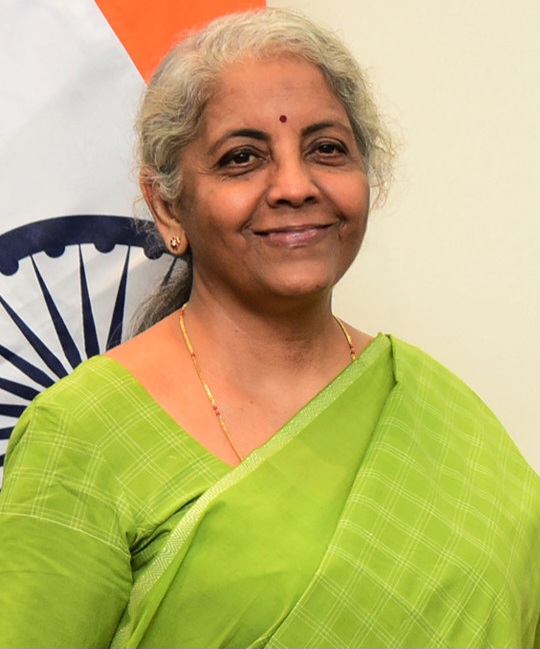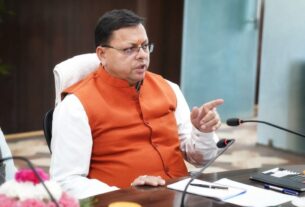“India will have to increase per capita income, rein on revelry-culture will have to be tightened”
IMF has also estimated that India can become the third largest economy by 2027. India has achieved the fastest growth rate in the world leaving China behind for two consecutive years. This is definitely a big deal amidst the sound of Corona and global recession and now India just has to target the bird’s eye like Arjuna. According to the IMF, India’s economy is currently worth $3.7 trillion, while only Germany, Japan, China and the US are ahead of it. By 2027, India’s economy can be 5.2 trillion dollars.
One interesting thing is that it took a total of six decades for India to become a $1 trillion economy. According to IMF documents, exactly 60 years after 1947 i.e. in 2007, India achieved the target of $1 trillion GDP. That year our economy was 1.2 trillion dollars. After this, India made extensive reforms in its economic policies and by 2014 our economy became 2 trillion dollars. In the next seven years, 1.2 trillion dollars were again added to India’s economy.
If we look at the IMF’s estimate, by 2027, India’s economy will be $ 5.2 trillion, which means that in just six years, $ 2 trillion will be added to the Indian economy. It will be truly historic and India will also have a tremendous threat on the global stage. Well, whenever we talk about the real strength of the economy, we also look at the real Purchasing Power Parity (PPP). It shows the buying power (buying capacity) of the people in the global context. Explaining this, Professor Suryabhushan of DMI Patna says, “If we take the example of hair cutting, it costs 15 dollars in America and 50 rupees in India.
It is in this context that the Hamburger Index should be understood. The Economist magazine brings out this index. For example, the bread used in a hamburger, the cheese used, the vegetables inside it, etc., then how much a hamburger is available in India, Japan, America and on the basis of this, it calculates the index. For example, if it is made of 100 rupees in India and 2 dollars in America, then 100 becomes equal to 2 here. This is called purchasing power parity. In this, exchange rate and price rate are also kept in context. Overall, it shows what you can buy for 1 dollar.” As far as India is concerned, if GDP is measured on the basis of PPP, India is still in the third place in the global context, where its GDP is 13 trillion ( in PPP terms) and China is at the top with $33 trillion.
India’s challenges are also many
If India has to maintain the pace of development, then attention will have to be paid on increasing per capita income (per capita income). People will have to be taken out of low productivity work and brought to the area of high productivity, because 45 percent of India’s population is still dependent on agriculture. The need of the hour is to promote agricultural products and agricultural markets by linking agriculture with the market. For this, along with research and development (R&D), there is also a need to open rural infrastructure and agri-market. For this, the different types of subsidies available at the central and state level also need to be discussed in detail. This can be done only with strong political will and our dream cannot be fulfilled without stopping the revadi culture. Irrespective of which party the leaders belong to, when they announce freebies, it is a bribe and ultimately harms the economy. The Election Commission should take cognizance of this and put a stop to it, otherwise there will be a break in India’s development story.



